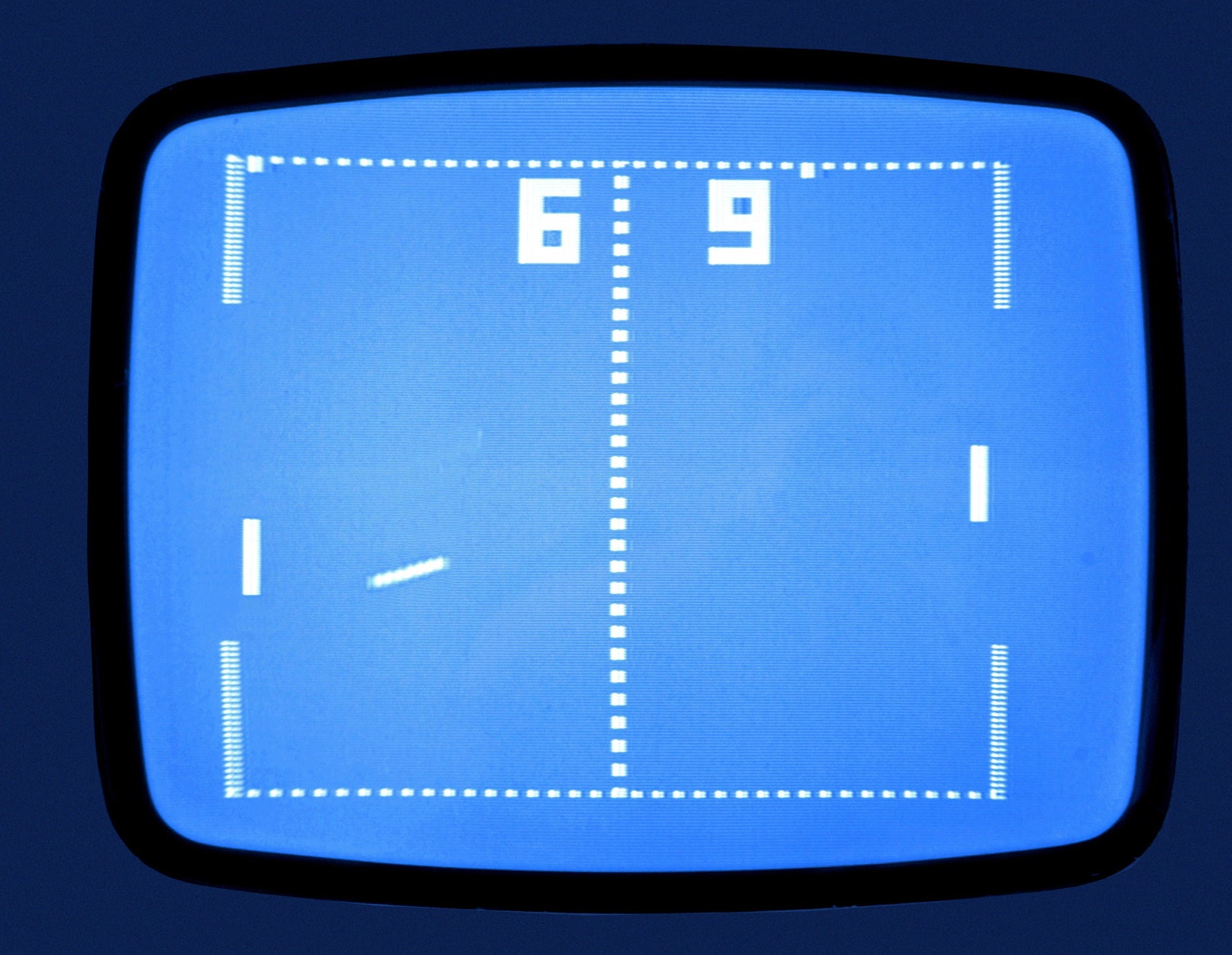Dr Brett Kagan, of Cortical Labs, claims not only to have grown the first ”sentient” lab-grown mini-brain in a dish, but also that it can play vintage 1970s video game’ Pong’… albeit badly.
What??
Believe it or not, as explained in the ‘Neuron’ journal, Dr Kagan and his team claim to have lab-grown a ‘DishBrain’ system, made up of human or rodent neural networks (brain cells), and hooked them up with a computer using electrodes. As if this wasn’t unusual enough, Dr Kagan’s team then used the electrodes and recording to embed the mini lab-grown brain “in a simulated game-world” which was designed to mimic the arcade game ‘Pong.’
What Happened?
It only took the DishBrain around 5 minutes to learn to play the Pong video game, although it often missed the ball with the paddle, nevertheless its success rate appeared to be greater than could be expected from random chance. During the game, the mini lab-grown brain produced its own electrical activity, and generally expended less energy as the game progressed. However, the mini-brain expended more energy and recalibrated itself each time the game restarted and it needed to be ready for the ball to come from a new random point. The mini-brain essentially displayed “synthetic biological intelligence” by showing that it could self-organise activity in a goal-directed way in response to sparse sensory information about the consequences of its actions, i.e. it was able to learn without being taught.
What Does This Show?
With this experiment, Dr Kagan’s team say that they have:
– “Demonstrated that a single layer of in vitro cortical neurons can self-organize activity to display intelligent and sentient behaviour when embodied in a simulated game-world.”
– Provided a promising demonstration of a synthetic biological intelligence (SBI) system that learns over time in a systematic manner directed by input.
– Provided the long sought-after capability for a visualised model of learning, where the actual computations being performed by biological neuronal networks (BNNs) can be assessed.
What Benefits Could This Bring?
Being able to harness the superior computational power of living neurons to create synthetic biological intelligence could provide a brilliant new way to test treatments for neurodegenerative diseases like as Alzheimer’s. Also, a DishBrain could provide a safe way to test the effects of different substances on human brains.
What Does This Mean For Your Business?
The successful creation and testing of the DishBrain has given some important insights and glimpses of how this method could be expanded in future to not just provide possible medical breakthroughs and cures, but also provide a way to actually link living cells and computers together. Although it has a feeling of science fiction about it, and care needs to be taken not to develop a kind of sentient being, harnessing the power of the two elements together holds the promise of innovations which could be used in multiple industries. A system grown in a dish from a few cells that learns without being taught could be powerful tool for testing, R&D, in health, and in a host of other situations. Although not the first DishBrain ever developed, this experiment is an exciting step that has demonstrated results that could perhaps lead towards a technological way of solving complex and long-running problems.

